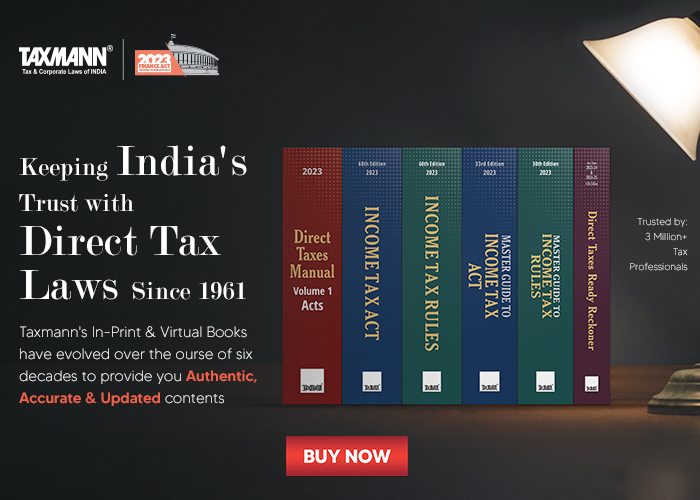Assessee Cannot Be Held Liable for Cancellation of Selling Dealer’s Registration Post-Transaction as All Transactions Were Available in GSTR-2A | HC
- Blog|News|GST & Customs|
- 2 Min Read
- By Taxmann
- |
- Last Updated on 11 April, 2025
Case Details: Solvi Enterprises. v. Additional Commissioner Grade 2 - [2025] 173 taxmann.com 25 (Allahabad)
Judiciary and Counsel Details
- Piyush Agrawal, J.
-
Aditya Pandey, for the Petitioner.
-
Manish Trivedi for the Respondent.
Facts of the Case
The petitioner challenged the demand order issued under Section 74 of the CGST/UPGST Act, wherein input tax credit (ITC) was denied on the ground that the registration of the selling dealer was cancelled. The petitioner had purchased goods from a registered dealer whose registration was subsequently cancelled. The tax invoice was generated through the GST Portal, the seller had filed returns, and Form GSTR-2A was auto-populated, showing that the transaction was duly recorded in the GST system.
The petitioner contended that at the time of the transaction, the seller was a validly registered dealer, and mere subsequent cancellation of registration could not be a ground to deny ITC. It was also argued that the tax had been paid by the seller through Form GSTR-3B and was reflected in Form GSTR-2A, which was accessible to the purchaser. However, the adjudicating authority and the appellate authority failed to examine these material facts and passed the impugned orders without proper verification or appreciation of the GST filings.
High Court Held
The High Court held that since the seller was registered on the date of the transaction and the relevant returns i.e. Form GSTR-1 and Form GSTR-3B were filed, the transaction was genuine. The authorities failed to verify the GST portal records regarding tax payment and instead drew adverse inferences without basis. Accordingly, the Court quashed the impugned demand and appellate orders, and remanded the matter to the adjudicating authority for fresh consideration in accordance with law.
List of Cases Reviewed
- Rama Brick Field v. Additional Commissioner Grade-2 & ors., Writ Tax No. 909 of 2022, relied on.
- Rajshi Processors v. State of U.P. & Ors., Writ Tax No. 128 of 2024
- Shiv Trading v. State of UP & Ors., Writ Tax No.1421 of 2022, distinguished
List of Cases Referred to
- State of Karanataka v. Ecom Gill Coffee Trading Private Limited Writ Tax No. 128 of 2024 (para 10)
- (M/s Rajshi Processors Raebareli Thru. Its Partner Ashok Kumar Lakhotia v. State of U.P. Thru. Prin. Secy. Dept. Of State Tax, Lko and Writ Tax No.1421 of 2022 (para 10).
Disclaimer: The content/information published on the website is only for general information of the user and shall not be construed as legal advice. While the Taxmann has exercised reasonable efforts to ensure the veracity of information/content published, Taxmann shall be under no liability in any manner whatsoever for incorrect information, if any.
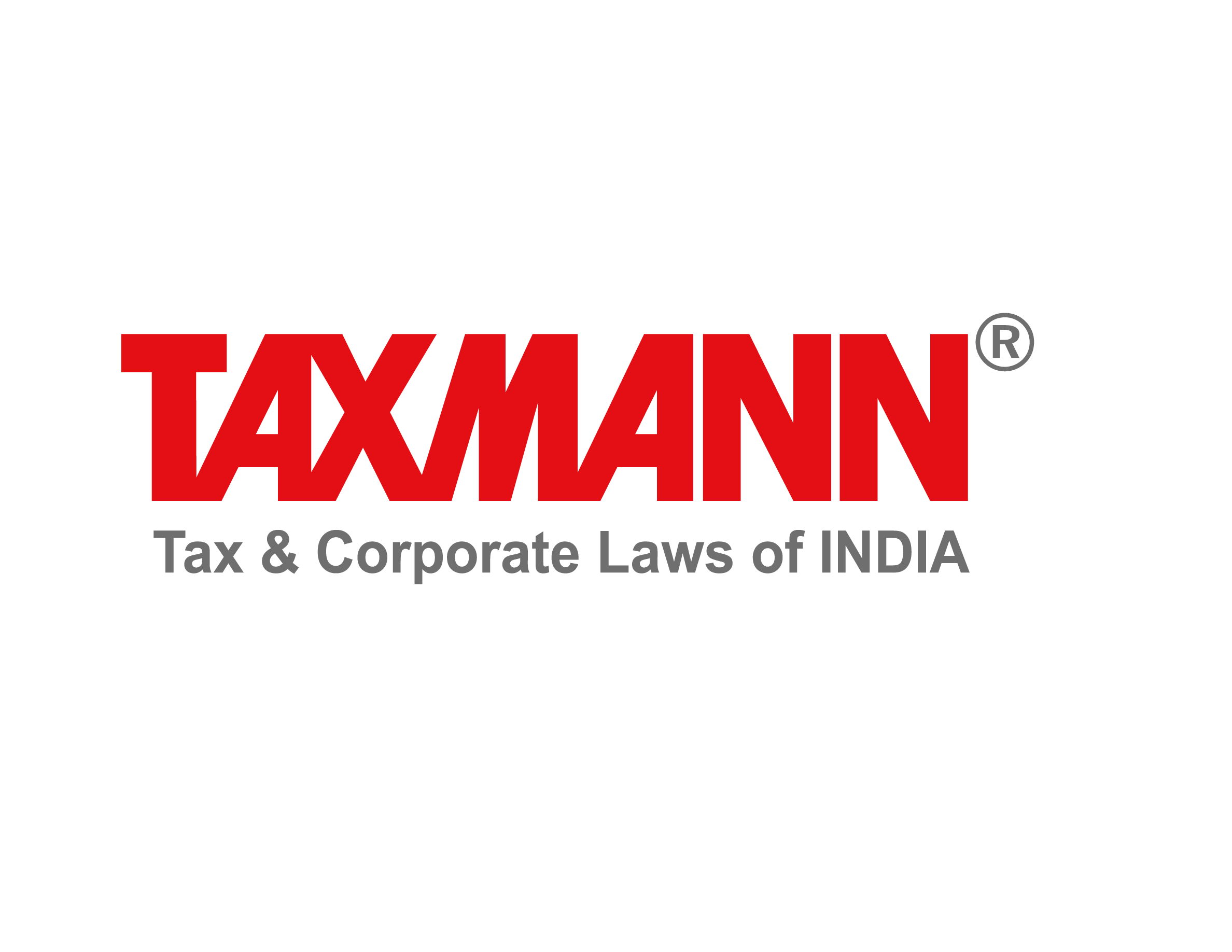
Taxmann Publications has a dedicated in-house Research & Editorial Team. This team consists of a team of Chartered Accountants, Company Secretaries, and Lawyers. This team works under the guidance and supervision of editor-in-chief Mr Rakesh Bhargava.
The Research and Editorial Team is responsible for developing reliable and accurate content for the readers. The team follows the six-sigma approach to achieve the benchmark of zero error in its publications and research platforms. The team ensures that the following publication guidelines are thoroughly followed while developing the content:
- The statutory material is obtained only from the authorized and reliable sources
- All the latest developments in the judicial and legislative fields are covered
- Prepare the analytical write-ups on current, controversial, and important issues to help the readers to understand the concept and its implications
- Every content published by Taxmann is complete, accurate and lucid
- All evidence-based statements are supported with proper reference to Section, Circular No., Notification No. or citations
- The golden rules of grammar, style and consistency are thoroughly followed
- Font and size that’s easy to read and remain consistent across all imprint and digital publications are applied
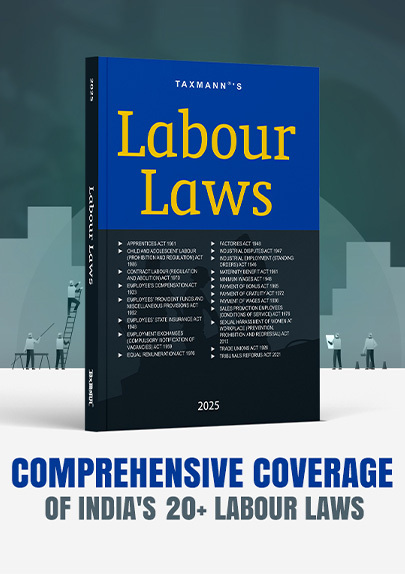

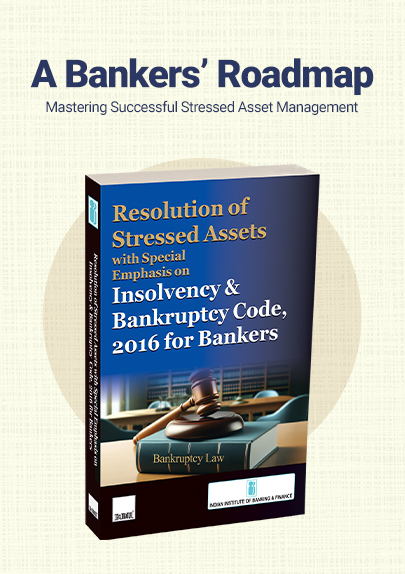
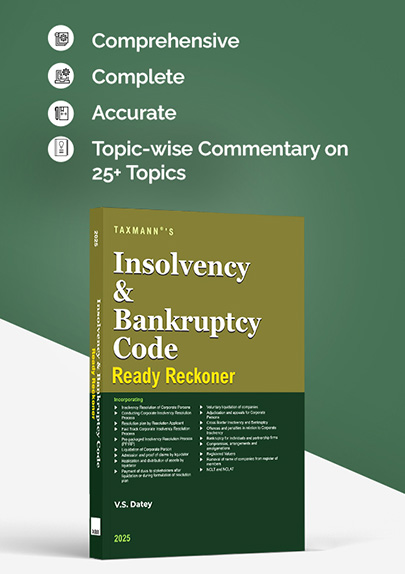

 CA | CS | CMA
CA | CS | CMA


